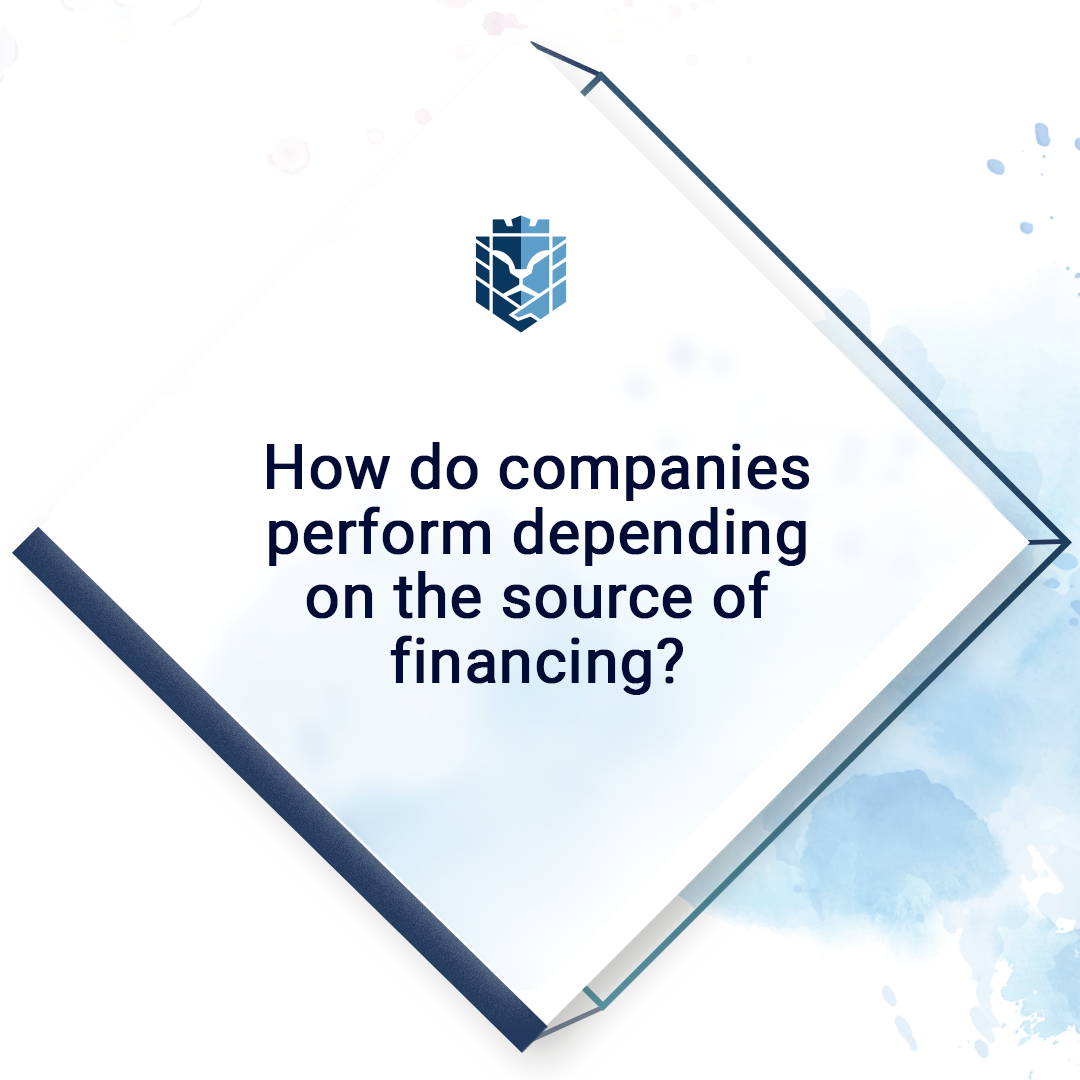While there was a period when tangible assets like vehicles and plants were the ones driving companies’ growth, the situation has changed significantly with tech companies on the stage. The latter rely greatly on intangible assets. Since 1975 the share of S&P500 intangible assets has grown from 17% to more than 85% in 2021 though peaking at about 90% in 2020.
The above-mentioned companies differ not only in management approaches but also attract different investment sources. While tangible asset companies are mostly debt-financed with companies’ assets used as collateral, intangible asset companies raise equity funding.
For example, in 2021, Microsoft had $57 billion in goodwill and intangible assets, one of the industry’s leaders. Though the company is a long-term leader in the industry, it is mainly financed by the equity comprising $141 billion compared to $59 billion of long-term debt.
Since 2018 there has been a constant trend for Microsoft to raise its equity funding and decrease long-term debt. Intangible assets have also risen by 32,6% within 3 years. Such an approach to business is proven to be successful by the EPS (earning per share), which tends to grow yearly. Since 2018 Microsoft EPS has burst by 277%, making $8.05 per share as of 2021.
The interesting example presented in the same tech industry proves the correlation between a company’s performance and its asset prevalence in the balance sheet and type of funding. Apple, belonging to tech, is unexpectedly heavy in tangible assets and relies primarily on debt financing. Its long-term debt is almost 3 times more than equity. Apple EPS has risen only 88% since 2018. Thus, it is 3,14 times less than Microsoft’s.
The examples illustrate that even established and profound companies can adapt their strategies and perform differently. The focus on intangible assets and equity funding gives signs of being more beneficial. However, a lot of factors should be taken into account to account for in terms of performance.
Sources: finance.yahoo.com (AAPL); finance.yahoo.com (MSFT)
Risk Warning: The information in this article is presented for general information and shall be treated as a marketing communication only. This analysis is not a recommendation to sell or buy any instrument. Investing in financial instruments involves a high degree of risk and may not be suitable for all investors. Trading in financial instruments can result in both an increase and a decrease in capital. Please refer to our Risk Disclosure available on our web site for further information.



Once again I am convinced of how difficult investing is. That’s why I’m glad that I entrusted my money into hands of experienced traders from ISEC WM, who can so competently analyze financial markets
Sure, technological revolutions change the whole global background also. From the social interactions to the economic systems.
Who would imagine hundred, or even fifty years ago that companies that sell basically something that is not material, will lead the biggest economies.
That’s why it’s crucial to keep your eye on the ball, especially in the investing domain. And be prepared to react to the changing conditions accordingly.
It is still beyond my comprehension that intangible companies make the most GDP of the developed countries.
But I think we need to have a healthy balance between the two economic spheres.